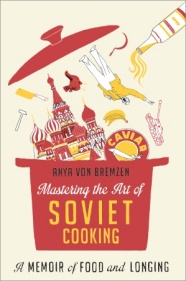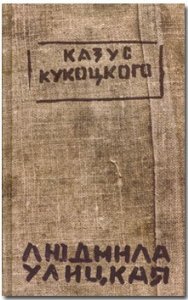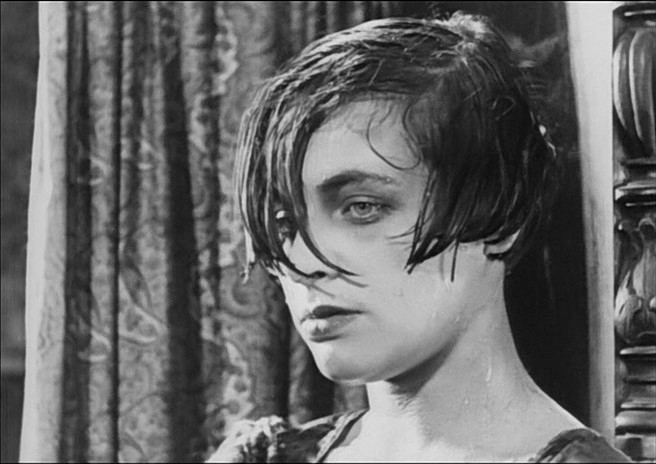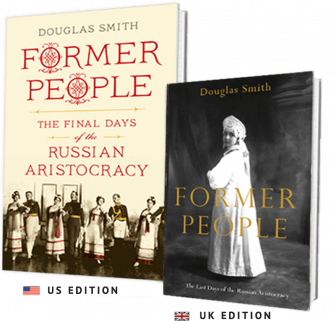History in Literature: The coup attempt in the Soviet Union of 19 August 1991 as viewed from the hinterlands.

I love reading good literature that gives a view of great historical moments from the perspective of ordinary people. At the beginning of Andrei Dmitriev‘s novel The Peasant and the Teenager (Крестьянин и Тинейджер) there is depicted, through the memories of a man in rural Russia, presumably the “peasant,” an event recent enough to be a part of my own consciousness–the coup attempt of August 1991 that sought to reestablish centralized Communist Party rule in the Soviet Union, in reaction to the reforms of Mikhail Gorbachev.
The decline of Soviet economic and social life leading up to 1991 is highlighted in the reminiscences of Panyukov, the first character introduced in The Peasant and the Teenager, as he reflects on the life he shared with his childhood friend, Vova, after both had served with the Red Army in Afghanistan. Continue reading “Where Were You On 19 August 1991?”







